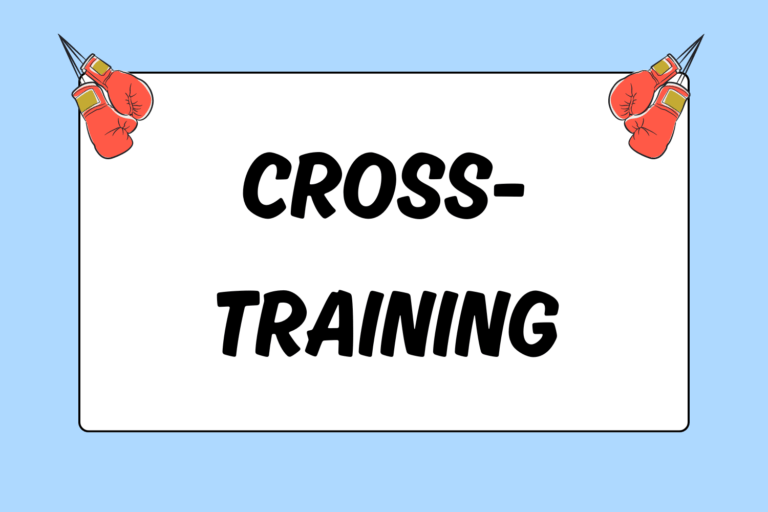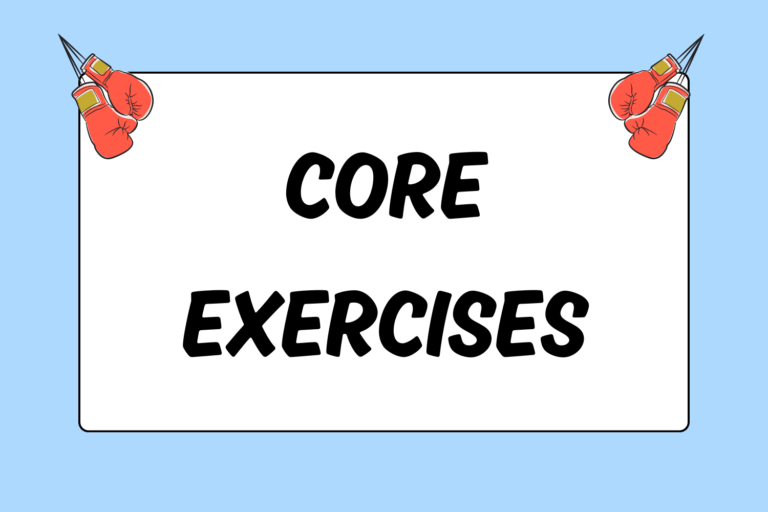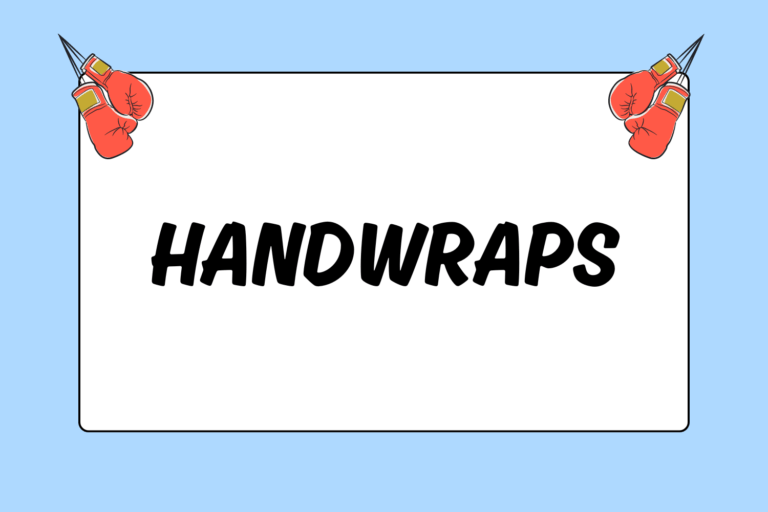The left hook is one of the first punches you learn as a new boxer, and a well-placed left hook can easily stun an opponent. Since most boxers are aware of the punch’s potential damage, though, you need to be able to properly throw, defend against, and counter a left hook. This guide touches on the general idea of counterpunching in boxing and details countering techniques that help you overcome your opponent’s left hook.
Countering Basics
Most spectators notice boxing’s brutality before they recognize the sport’s complexity. Without a doubt, boxing is a violent sport, but it’s also extremely technical. Boxers pay close attention to every slight movement as they avoid punches, and they constantly search for openings.
Counterpunching involves using a defensive technique to block or avoid an incoming punch. Once you guard yourself against your opponent’s flurry, you exploit the temporary openings on your opponent with punches of your own. This sequence happens quickly and with fluidity. The rest of this guide focuses on countering the left hook as an orthodox fighter.
Head Shot
Left hooks to the head are quite common. Sometimes they are thrown as a lead punch, but more often than not the left hook to the head follows a jab or straight right. In any case, you can protect yourself in two ways:
- Blocking the punch
- Weaving under the punch
Both options leave you in a position to respond with your own punches.
Block & Counter
You can easily block a left hook by following these steps:
- Keep your right elbow, forearm, and hand tight to your upper body/head.
- Allow the hook to land on the back of your right glove.
- As the punch lands, rotate slightly to the left.
Step three not only reduces the impact of the punch, but it also sets up your counterpunch. After you roll, you can twist your body back toward your opponent while throwing a left hook of your own. A left hook, cross, left hook (3-2-2) combo works well in this instance.
Weave Under & Counter
Weaving under the hook is another defensive option. Follow these steps and learn how to effectively weave under the punch:
- Dip by bending your knees.
- Bob and weave by moving your head and upper body slightly forward and to the right.
- Pop your head back up so that you return to a normal stance.
This sequence can also include a fourth step that takes place simultaneously with the bob-and-weave technique. In this additional step, you push off your left foot while stepping to your right with your right foot. This combination of head and foot movement takes you out of harm’s way.
You can respond with a sharp straight right hand once you weave under the punch. The cross, left hook (2-3) combo is your best option here. Pivoting to your right after the combo takes you away from his punches that may follow. In addition, pivoting helps you exploit other openings on your opponent’s left side.
Body Shot
Using your right elbow is the best way to defend against a left hook to the body. In order to do so, tuck your right elbow to your body and coil your upper body downward. It also helps to rotate slightly inward as the punch lands. Slight rotation cushions the punch as it lands on your arm.
Combining this block with a pivot makes this technique much more effective. Instead of rotating inward, as mentioned above, you can pivot to your left. Plant your left foot and move your right foot to the left. This movement cushions the impact, and your opponent will inevitably end up coming across his body as he’s throwing. He also may become off-balanced as he reaches in this manner.
A left hook to your opponent’s head is the best way to follow a block with your right elbow. Your opponent might drop his right hand after he throws his hook, leaving him somewhat exposed. This opening allows for a quick response.
Another option requires you to take the hook on your right elbow, but refrain from pivoting. Once you coiled downward, it becomes easy to spring upward. Take the punch on the elbow and quickly spring upward with a right uppercut. The success rate is high when countering in this manner.
Hot Tip: See It Coming
You can counter with your own hook before his hook even lands! Watching his left shoulder is essential: If you see his left shoulder drop slightly, then quickly respond with your own left hook or right uppercut to his head. The goal is to land your punch before he lands his hook to your body.
Smooth Countering Requires Practice
Counterpunching requires a great deal of practice. Sparring sessions allow you to work on new skills, like the counterpunching techniques described above. Do your best to develop a successful left hook of your own, but work on defending against and countering your opponent’s left hook as well. As always, keep your chin tucked in case the hook lands so you can avoid a potential knockout.





